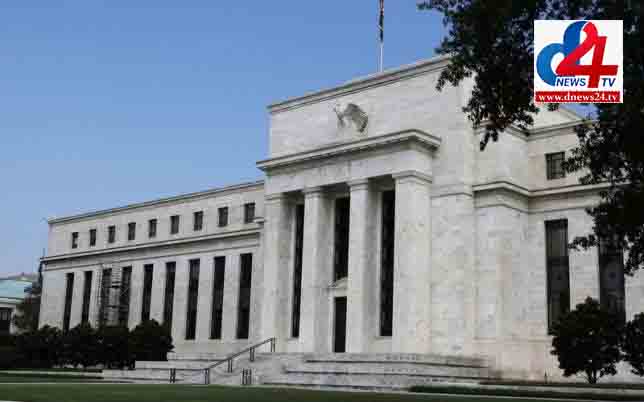KARACHI:
Albeit the US economy has succumbed to a “baby fit,” dangers of a significant downturn in 2024 stay negligible. Be that as it may, expanding government obligation, close by elevated degrees of business and family liabilities, could compromise the security and development of the worldwide economy.
The US national bank cut loan costs without precedent for four years on September 18, bringing down the key loaning rate by a portion of a rate highlight a scope of 4.75% to 5%.
There are no obvious signs highlighting a huge downturn in the US in 2024. While development has eased back, numerous specialists contend that feelings of trepidation of an unavoidable downturn might be overstated. The US work market, however giving a few indications of mellowing, remains somewhat versatile, and customer spending keeps on supporting the economy. Be that as it may, elevated degrees of family, business, and government obligation stay persevering dangers to monetary and monetary strength.
The Central bank’s choice on September 18 denoted the first time in quite a while that it had cut loan fees, bringing down the objective reach for the government subsidizes rate by 50 premise focuses to 4.75% to 5%.
Information from the US Division of Work, delivered on September 11, showed that the Customer Value Record (CPI) rose by 2.5% year-on-year in August0.4 rate focuses lower than in July. This was the littlest increment since February 2021 and a sign that expansion is proceeding to slow.
Qanit Khalilullah, Overseer of a corporate and the executives counseling firm and a specialist in financial and public strategy matters, remarked, “I don’t uphold utilizing money related arrangement to change loan costs. All things considered, I advocate for controlling the cash supply through a full-hold banking framework, where cash development is lined up with the Gross domestic product development of genuine labor and products. This approach forestalls expansion and collapse, accordingly staying away from win and-fail cycles.”
Increasing loan fees for the most part reinforce the dollar by drawing in unfamiliar financial backers looking for more significant yields, while resources like gold and stocks become less alluring because of expanded acquiring costs. Alternately, when loan costs are brought down, the dollar debilitates, and resources like gold, stocks, and oil become more appealing speculations.
In the mean time, the US work market keeps on giving indications of strain. Information from the Work Office shows that occupation slices rose to 1.76 million in July, the most significant level since Walk 2023. From Walk 2022 to July 2023, the Central bank raised loan costs multiple times, with a combined increment of 525 premise focuses. The Fed has kept up with the objective reach for the government subsidizes rate at 5.25% to 5.5%the most significant level in 23 years.
Nobel laureate and financial analyst Joseph Stiglitz commented on the impediments of utilizing money related arrangement to control expansion. He scrutinized national banks’ trust in raising rates, comparing it to a canine accepting it frightened off planes by yelping at them. Stiglitz contended that expansion was driven essentially by supply-side disturbances and changes sought after designs, and as these issues resolve, expansion is probably going to proceed with its downfall.
As per the Monetary Times, the new rate cut denotes a huge second for the Central bank after over two years of engaging expansion. It likewise assumes a vital part in the current year’s official political decision, helping Vote based up-and-comer Kamala Harris. Falling acquiring expenses might ease citizen worries over high living expenses, even as the economy keeps on performing unequivocally. In any case, work development has eased back, and different signs of interest, like opportunities, have additionally debilitated, regardless of joblessness claims remaining generally low.
The US Department of Work Measurements’ Ongoing Business Insights (CES) program gives itemized industry assessments of nonfarm business, hours, and income for laborers the nation over, including information from each of the 50 states and more than 450 metropolitan regions.
Every month, CES studies around 119,000 organizations and government offices, addressing around 629,000 individual worksites.




